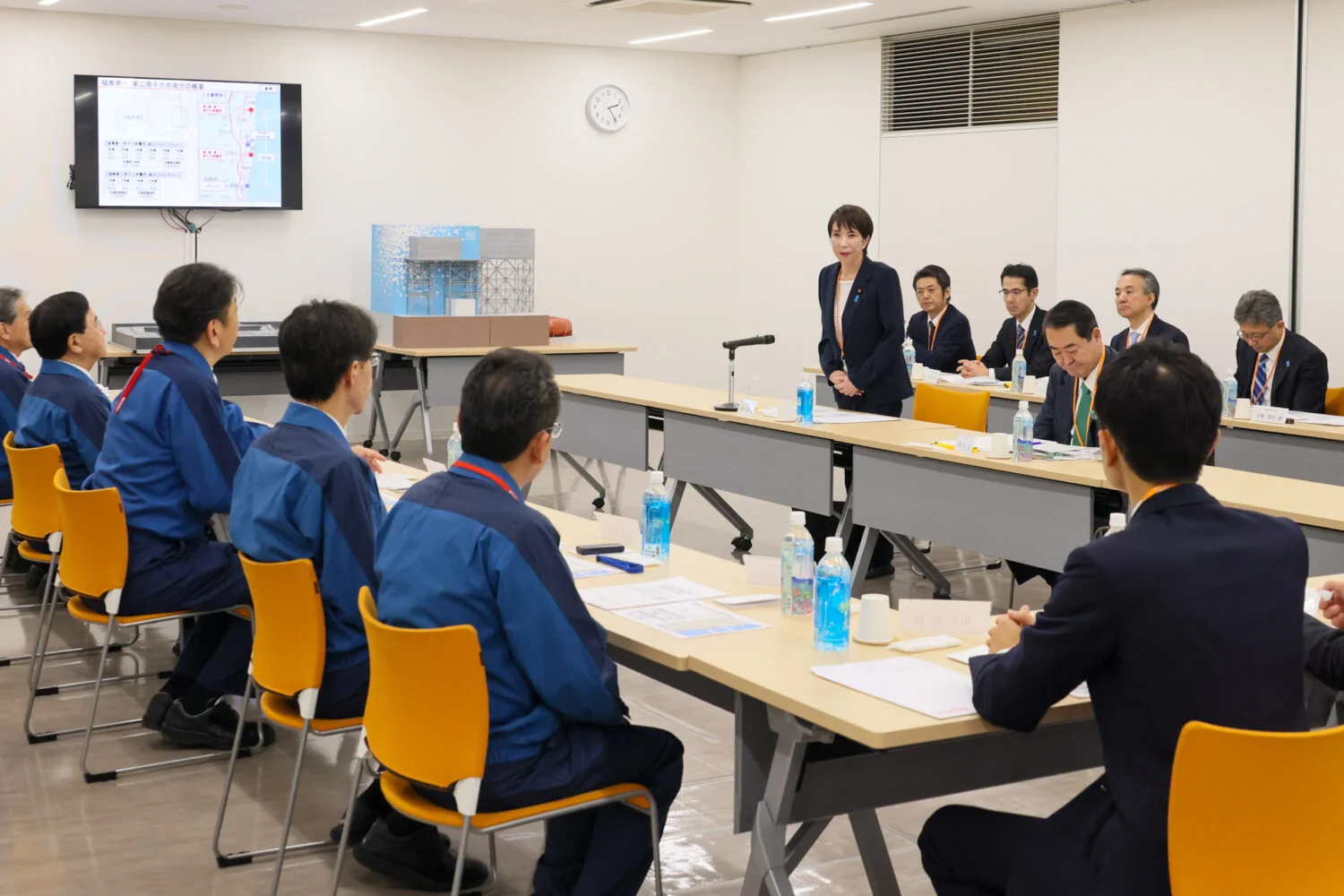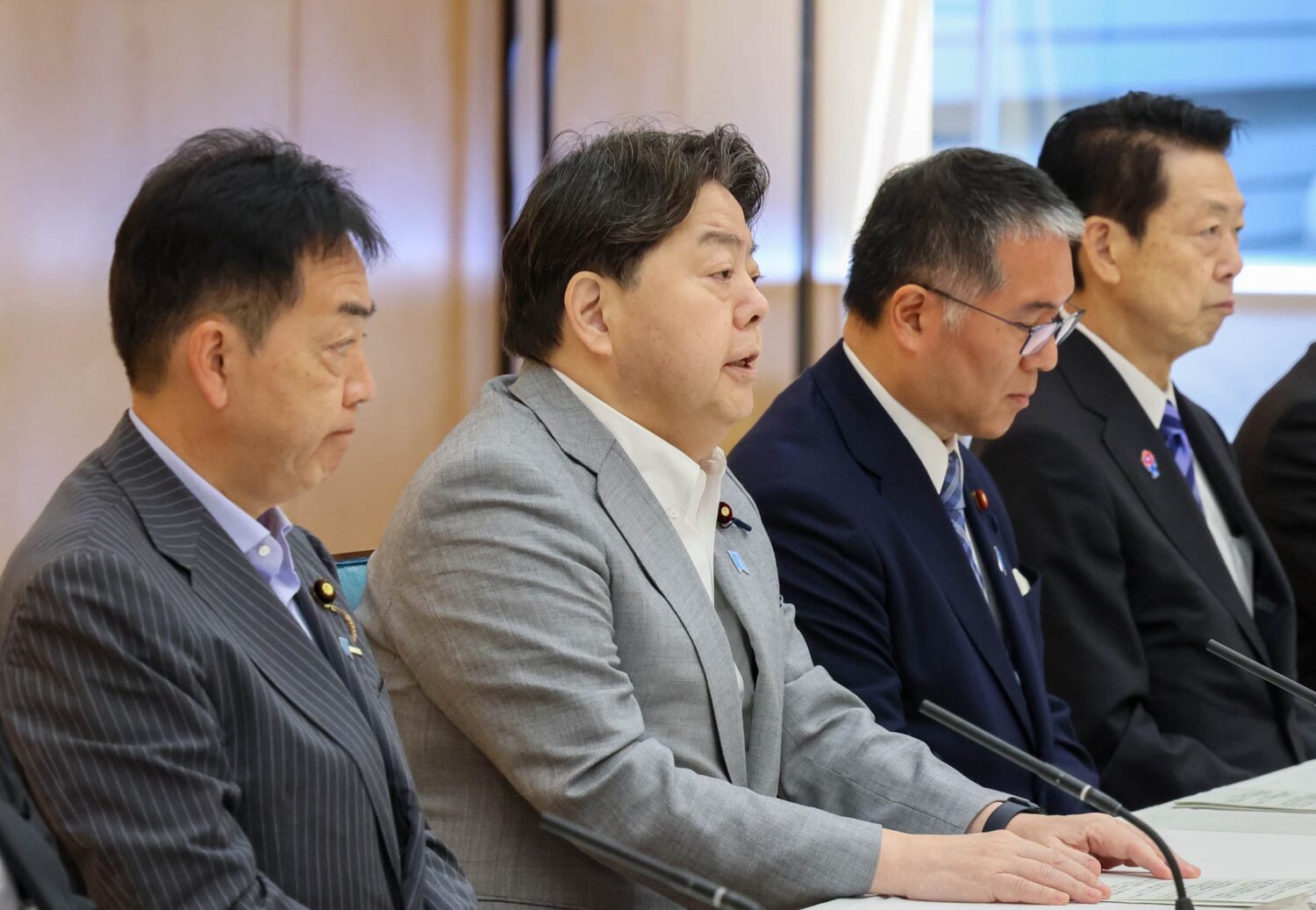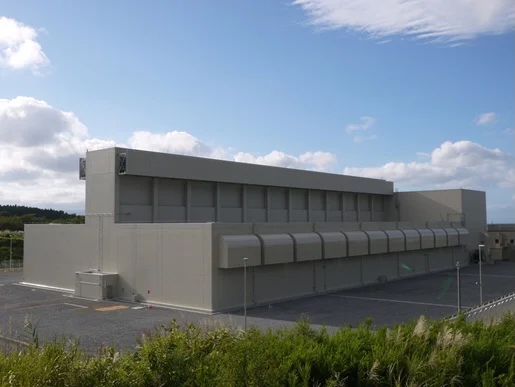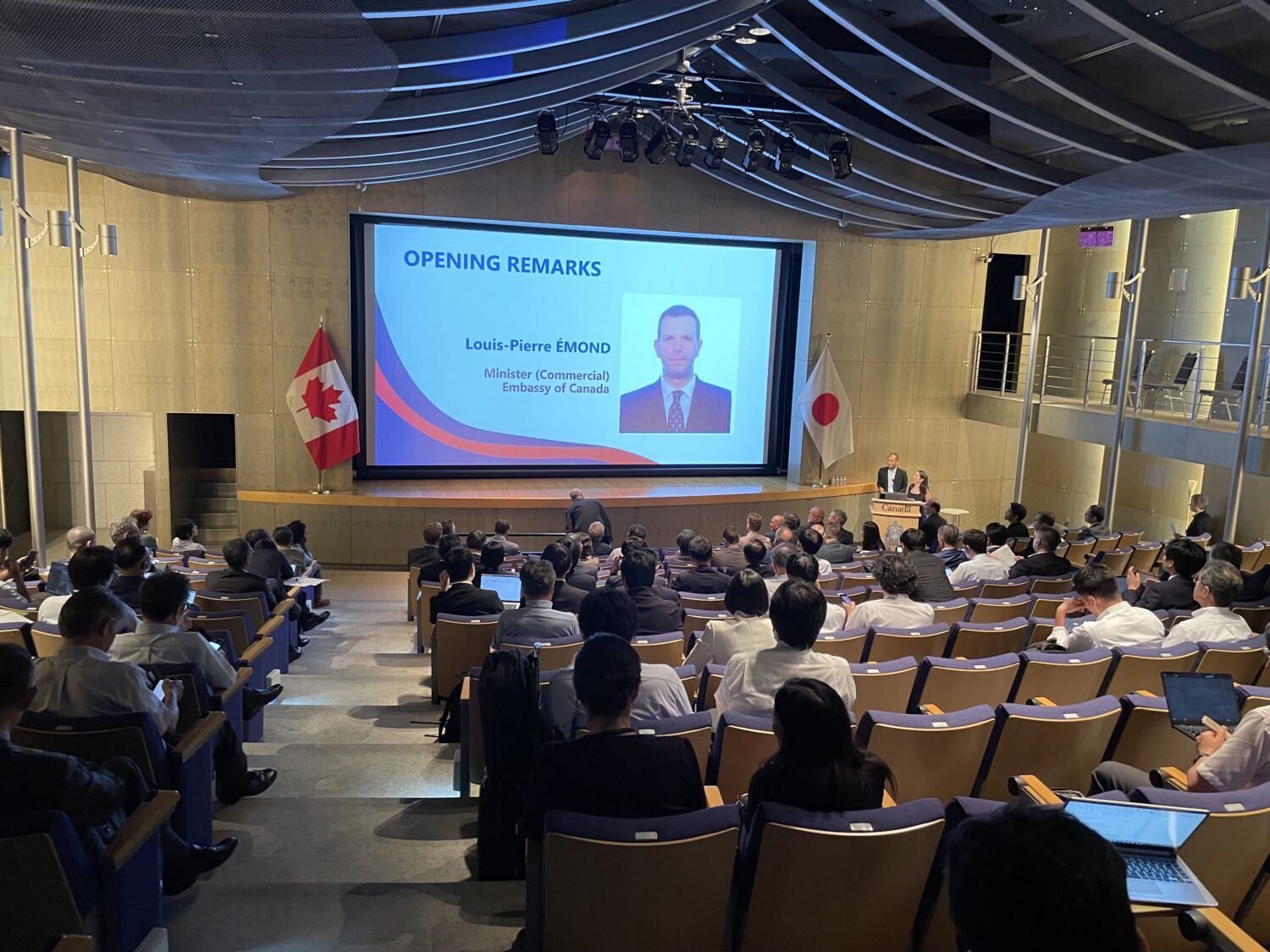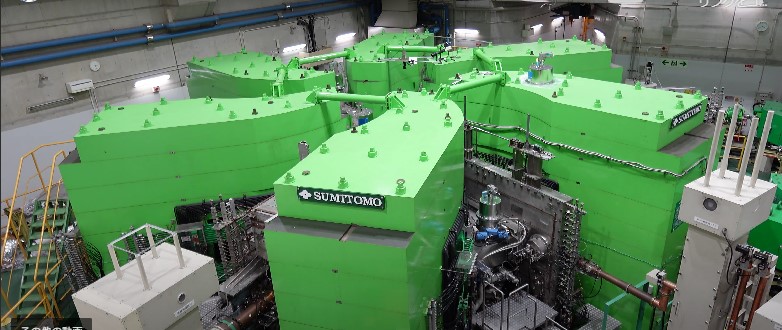She has proposed that the lessons learned from the earthquake and accident include a need for measures to maintain a solid medical infrastructure.
The report’s authors tracked changes in the number of medical staff by category—doctors, nurses, clerical staff, medical technicians and pharmacists—working at seven hospitals in the affected area, but beyond a 20-km radius from the Fukushima Daiichi nuclear power plants and not damaged by tsunamis.
The table below shows results at approximately two-month intervals from March 1, 2011, before the earthquake, and immediately after it, to October 1, 2012.
|
|
Doctors | Nurses | Clerical staff | Other medical staff | Total |
| Mar. 1, 2011 | 92 | 612 | 373 | 196 | 1,272 |
| Period right after Mar. 11, 2011 earthquake |
53 | 291 | 140 | 111 | 595 |
| Jun. 1, 2011 | 93 | 517 | 221 | 140 | 971 |
| Jul. 1, 2011 | 96 | 513 | 199 | 141 | 949 |
| Sep. 1, 2011 | 94 | 505 | 212 | 138 | 948 |
| Nov. 1, 2011 | 96 | 509 | 224 | 143 | 972 |
| Jan. 1, 2012 | 99 | 503 | 263 | 147 | 1,012 |
| Mar. 1, 2012 | 102 | 509 | 277 | 160 | 1,048 |
| May 1, 2012 | 98 | 527 | 285 | 165 | 1,075 |
| Jul. 1, 2012 | 100 | 526 | 316 | 170 | 1,111 |
| Oct. 1, 2012 | 98 | 525 | 293 | 171 | 1,087 |
As of October 1, 2012, there were 98 doctors working at the hospitals—six more than before the earthquake—but other medical staff still numbered below pre-disaster levels. There were notable differences among the hospitals, though, with the rate of recovery low at a private hospital and mental hospital some 25km from Fukushima Daiichi.Compared with before the earthquake and accident, the total number of medical professionals fell by 677 (or 53%), from 1,297 to 595, immediately afterward. The number of clerical staff fell by 233 (or 62%), nurses by 321 (or 52%), other medical staff by 85 (or 43%), and doctors by 39 (or 42%).
Owing to various circumstances, staffing at hospitals in the affected area remains depressed, and the collapsed state of the medical care system persists. The ratio of patients to hospital staff members has not improved either.
The authors of the report believe that the increased number of doctors is attributable to those interested in emergency medical care—or in the specific place or situation—moving to new positions in the area. They found that nurses and medical clerks were mostly women, and had left their positions due to concerns about radiation. Apart from doctors, hospital workers are primarily women.
Nurses, pharmacists, other caregivers and the like have qualifications and certifications that make it relatively easy for them to find new jobs. Many had evacuated out of concern for their children being bullied or exposed to radiation. Some had left when their husbands found new jobs outside the prefecture. Women who, prior to the accident, had been living with their mothers-in-law in traditional arrangements, experienced alternatives at evacuation sites and decided not to return. Or, some chose not to go back to avoid criticism for having “run away” in the first place.
Dr. Ochi emphasized that the Japanese government “should provide appropriate support to individual hospitals so that regional medical institutions can maintain their functions in times of disaster.”


